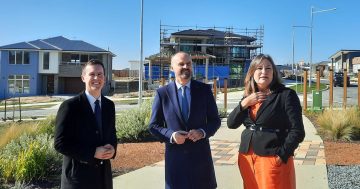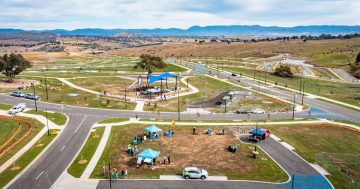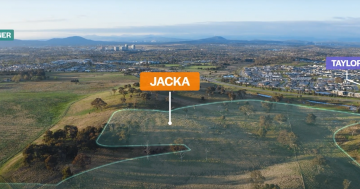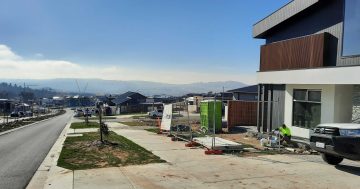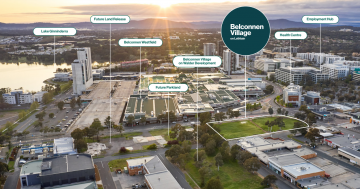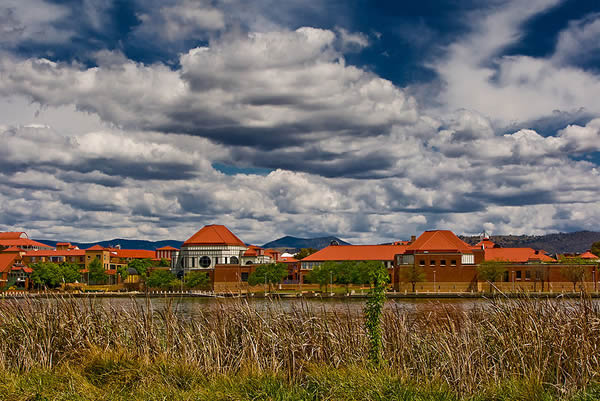
The review of the National Capital Plan last week provided opportunities for major land releases.
In Ginninderra the CSIRO’s 701 hectare field station site beside the Barton Highway is estimated to make available 6500 housing blocks, the same number as the West Belconnen development which will straddle the ACT-NSW border.
In the south permission has been given to develop suburbs on the west bank of the Murrumbidgee River – something the ACT government is not keen to pursue.
Senator Zed Seselja supports both north and south releases believing they could provide Canberra with “affordable housing”. He also makes the point the Rubicon-like crossing of suburbia over the Murrumbidgee will complete the encirclement of the Tuggeranong Town Centre, which unlike all other ACT town centres sits upon the edge of the territory and suffers accordingly because of less local population to enjoy its services.
However “affordable housing” depends upon supply and demand which in turn depends upon the government’s release of housing blocks, something it has been parsimonious in doing in any great quantity, thus keeping up the price to the benefit of consolidated revenue.
This might explain excuses about not acting upon this land bonanza (environment and infrastructure down south and unqualified urban development in the north) but there are other considerations too.
Among these is the proposed higher rise buildings across town. The Belconnen town centre, the NRMA building in Civic, Anzac Park East and West, the old government health headquarters in Furzer Street, Woden, are examples.
We assume these higher rise mostly will provide residential accommodation and if not and a government department is snared the premises it vacates will then be up for redevelopment so occupants still will be sought.
Unless “affordable housing” is available how many of these higher rise occupants will be young marrieds, locked out of the quarter acre block market and substituting a pet (goldfish perhaps) for a child in their modern but groundless rental apartment?
However, It is not in the interest of the higher rise construction investors to have their expensive residential accommodation sitting vacant, any more than having their ground floor cafes and restaurants going broke through lack of custom.
Then there is that “affordable housing” means different amounts to different people and how this target can be achieved because building costs and wages won’t fall.
Land sale cost needs to be reduced but so does the reserve price after infrastructure costs have been factored in and this price needs to be enforced to prevent developers reaping the benefits – something the government currently enjoys.
This can best be achieved by large amounts of land being released, public notification of estimated infrastructure costs and a cutback in the profit the government hoped to make on the land sales.
With the limited revenue-raising opportunities of ACT administrations it would be necessary to cut our costs to suit our purse so that funding expense grandiose schemes out of massive government profits from land sales and inner city development did not occur.
Perhaps then the opportunity presented by the large recent NCP land review for those seeking “affordable housing” can be realised.












